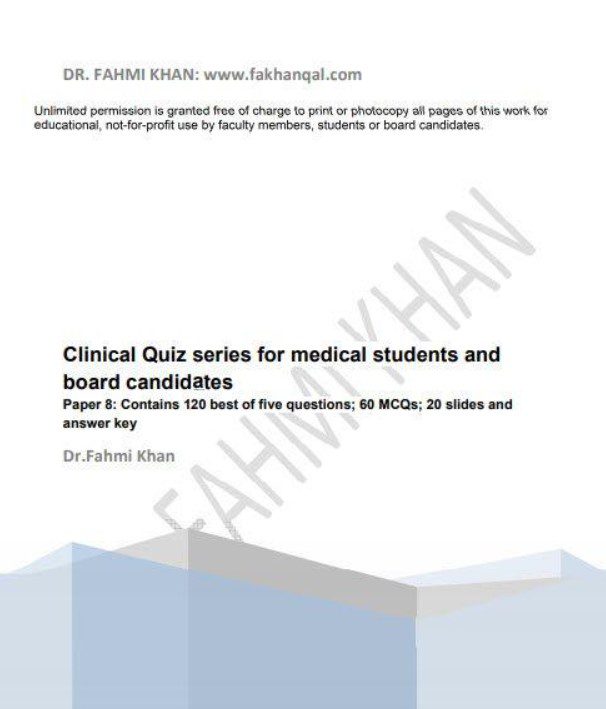Methods Determination of bleeding time vs clotting time of blood:
DEFINITIONS:
A. Bleeding time:
It is the time taken for stoppage of bleeding from the site of skin puncture due to the formation of the haemostatic plug.
B. Clotting time:
It is time taken by the clotting factors of the blood to start haemostasis and the production of a proteinous web of fibrin thread to from a fibrin clot. When blood is removed from the vessel. This is called clotting (Coagulation) time.
There are four stage
- Vasoconstriction
- Formation of platelet plug 3. Coagulation of blood
- Formation of fibrin clotDefinition I
Definition:
It is the time taken by the blood to stop oozing from a minor injury by local vaso constriction and platelet plug formation.
A. DUKE METHOD OF BLEEDING TIME:
Apparatus:
Pricking needle (disposable blood lancet), stop watch, spirit swab, filter paper and subject. Procedure I. Get 2-3 mm deep prick after Cleaning tip of Procedure I. Get 2-3 mm deep prick after Cleaning tip of
Duke method procedure:
- Get 2-3 mm deep prick after Cleaning tip of the ring finger of the left hand (or ear lobule) start the stop watch from the moment blood starts from the site of the puncture.
- Start the shop watch from the moment the bleeding start from the site of the puncture.
- Apply the edge of filter paper to the oozing blood drop and take this time as zero reference (Zero time).
- Remove the blood every 15 seconds by touching the finger gently on a filter paper till bleeding stops and no stain is visible on filter paper (rounded to the nearest 30 seconds).
- Note the time when no trace of blood on the filter paper.
- Count the stops of blood on filter paper and express bleeding time in minutes and seconds. Normal bleeding time is 1 -6 min by Duke method.
- Maximum upper limit of bleeding time is 9 min.
Other Methods
1. Saline beaker method:
- Prick is given in all sterile conditions and time is noted.
- The finger is put into the beaker containing normal saline at 37° C temperature. Time is noted when the bleeding stops.
- Normal BT by this method: 2-6 min.
2. Ivy method:
- Sphygmomanometer cuff is tide on the left arm and pressure is maintained to 40 mm Hg.
- About 3 mm deep prick is given after cleaning the area with spirit swab on lateral 1/3 of the left forearm 2-3 cm below the antecubital fossa crease, which is an area free of hiar, scars, skin infection, tattoos, bruises, surface veins, moles, edema, and other abnormalities of the skin (if suitable area is not found on forearm, a location on the medial aspect of calf, 6-8 cm below the knee is an alternative site). Blood is absorbed by filter paper till bleeding stops. Normal bleeding time by this method is 2-6mm.
3. Template method:
The incision can be given in the vertical or horizontal direction which can be 1 mm deep and 5 mm long.
- The stop watch is started as the bleeding starts, and it is stopped when the bleeding stops.
- Normal BT by this method: Up to 9 min.
- The test should be stopped if the bleeding time exceeds 20 min as no additional information can be gained by continuing’the procedure.
Precautions:
- The skin puncture should be made aseptically.
The finger/ear lobule should not be touched during the procedure.
Capillary tube method for clotting time:
Apparatus:
Pricking needle (blood lancet), glass capillary tube, spirit swab, stop watch and subject.
Capillary tube method for clotting time procedure:
- Get a deep prick (3 mm) on the fingers tip after cleaning it with spirit swab.
- Discard the first drop of blood from the puncture side.
- Fill a capillary glass tube by dipping its one end in the blood drop on the finger.
- Start the stopwatch and note down the time as soon as blood starts to enter in the tube.
- Break off a small piece (1/2 to 1 cm) of capillary tube from one end of it after every 3 minutes and then after every 30 seconds.
- The capillary tube is held horizontally between palms.
- Stop the stopwatch when the fibrin thread is seen between the broken ends.
- The procedure is repeated on 3 capillary tubes and average of the 3 readings is taken.
- Normal clotting time: 5-10 min.
Precautions:
- There should be no air bubbles in blood column in the capillary tube.
- Hold the capillary tube horizontally between the palms when you are doing the test in winter.
- Not down the time when blood starts to enter the capillary tube.
Other Methods
1. Drop method:
- This method is less accurate.
- The blood drop is taken on a clean, dry glass slide.
- An all pin is drawn at an’ interval of 30 seconds till fibrin threads are seen.
- Time is noted.
- Normal time: 1-6 min.
2. Lee and White whole blood clotting time (tube method):
Apparatus:
Disposable plastic syringe, 10 mm bore test tubes, stopwatch
Lee and White whole blood clotting time procedure:
- Blood is collected by vene-puncture and 1 ml blood is transferred in three Clean and dry test tubes having 10 mm bore.
- The stopwatch is started as the blood enters in the syringe.
- Keep these tubes in a beaker having normal saline at 37°C temperature.
- Shifting of blood column is checked by tilting the test tube at an angle 0f 45° at the interval of four minutes and then every 30 seconds.
- Once the blood column is not shifting, the second tube is inverted.
- Finally, it is confirmed from the third tube.
- Time from the collection of blood and staying of clotted blood in the inverted tube is noted.
- Average of the three reading is noted.
Condition in which clotting time is increased:
- Haemophilia
- von Willebrand disease
- Anti-coagulants
- Increased temperature
- Liver disease








Leave a Reply